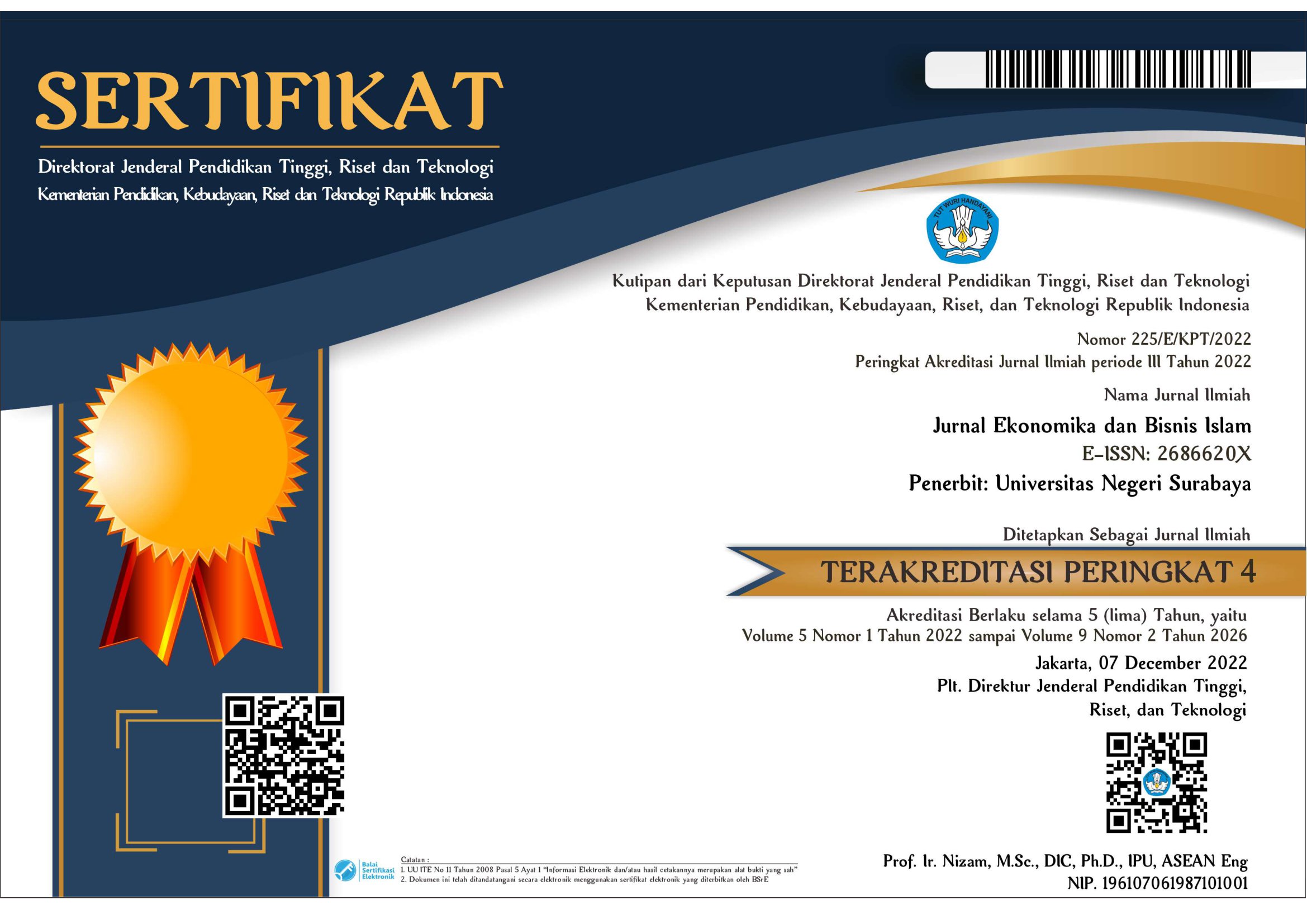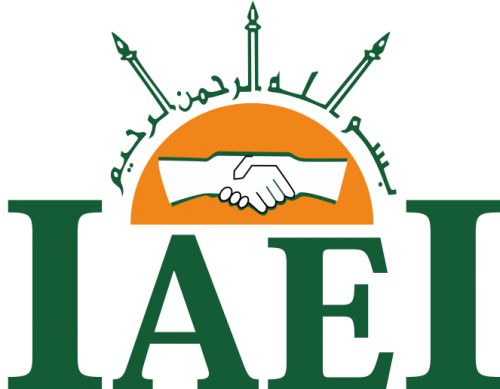UMKM Sekitar Pondok Pesantren Temboro dalam Meningkatkan Pendapatannya
DOI:
https://doi.org/10.26740/jekobi.v6n3.p35-42Keywords:
Pendapatan; UMKM; Temboro.Abstract
MSMEs will grow in places that attract people to engage in economic activities. One of the high activities carried out by students in one of the Islamic boarding schools in Magetan Regency is Temboro village. Therefore, the aim of this research is to examine the extent to which business opening hours, promotional strategies implemented, funding assistance and raw material costs have an influence on increasing the income of MSMEs. The method used in this research is a quantitative descriptive method using regression. The results of the analysis carried out show that high business opening hours can influence the income of MSMEs around the Temboro Islamic boarding school. MSMEs that carry out good promotional strategies are also able to increase income. Meanwhile, funding assistance provided by relevant stakeholders has not been able to influence the income of business actors in Temboro Village, this is because the assistance provided to MSMEs is less than optimal. However, the cost of raw materials which increases over time as inflation increases can have a negative effect on the income of MSMEs.
References
Adhiatma. (2016). Pengaruh Modal Awal, Lamausaha, Dan Jam Kerja Terhadap Pendapatan Pedagang Kayu Glondongdi Kelurahan Karang Kebagusan Kabupaten Jepara. Ekonomi Surakarta.
Bintariningtyas, S. (2021). E-commerce dan Literasi Digital UMKM di Kabupaten Madiun di Masa Pandemi COVID-19. Jurnal Manajemen, Ilmu Ekonomi Kreatif Dan Bisnis, 10, 25. http://ekomaks.unmermadiun.ac.id/index.php/ekomaks
Hastuti dkk. (2020). Kewirausahaan dan UMKM. Yayasan Kita Menulis.
Mitra, R., Goswami, A., & Tiwari, M. K. (2022). Financial supply chain analysis with borrower identification in smart lending platform. Expert Systems with Applications, 208(February), 118026. https://doi.org/10.1016/j.eswa.2022.118026
Ragoobur, V. T., Seetanah, B., Jaffur, Z. K., & Mooneeram-Chadee, V. (2023). Building recovery and resilience of Mauritian MSMEs in the midst of the COVID-19 pandemic. Scientific African, 20. https://doi.org/10.1016/j.sciaf.2023.e01651
Siswanta L. (2011). Analisis Faktor-Faktor Yang Mempengaruhi Pendapatan Pengrajin Genteng (Studi Kasus Pada Industri Kerajinan Genteng di Ceper Klaten). Akmenika UPY.
Sugiyono. (2009). Metode Penelitian Kuantitatif, Kualitatif dan R&D.
Takeda, A., Truong, H. T., & Sonobe, T. (2022). The impacts of the COVID-19 pandemic on micro, small, and medium enterprises in Asia and their digitalization responses. Journal of Asian Economics, 82(March), 101533. https://doi.org/10.1016/j.asieco.2022.101533
Trinh, Q. L., Morgan, P. J., & Sonobe, T. (2020). Investment behavior of MSMEs during the downturn periods: Empirical evidence from Vietnam. Emerging Markets Review, 45(September 2019). https://doi.org/10.1016/j.ememar.2020.100739
Unaradjan, D. D. (2019). Metode Penelitian Kuantitatif (K. Sihotang (Ed.) (Cetakan 1). Grafindo.
Downloads
Published
How to Cite
Issue
Section
License
Copyright (c) 2024 Selfia Bintari, Hendry Cahyono

This work is licensed under a Creative Commons Attribution 4.0 International License.
This work is licensed under a Creative Commons Attribution 4.0 International License.
 Abstract views: 272
,
Abstract views: 272
, PDF Downloads: 388
PDF Downloads: 388














